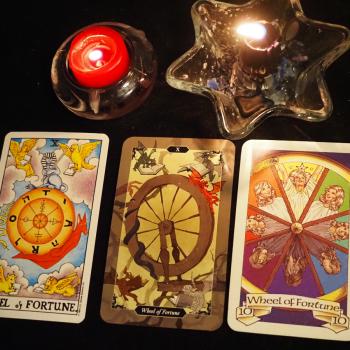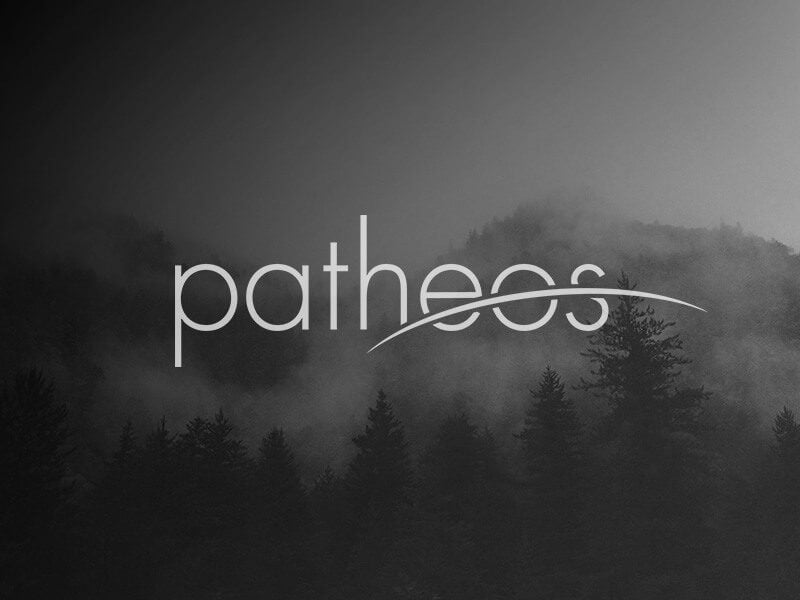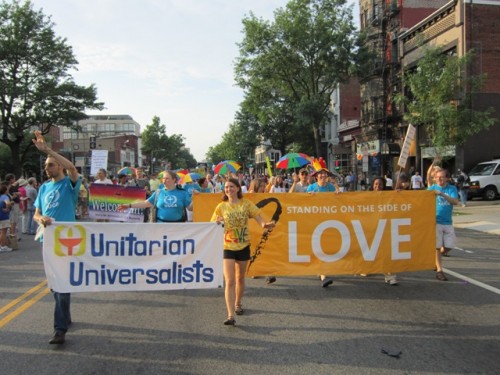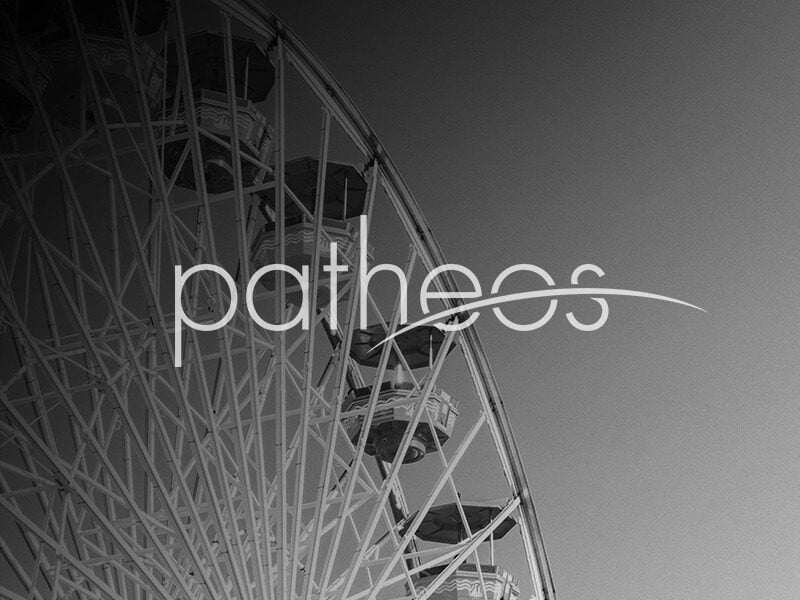I was somewhat shocked to discover that the 1985 Australian documentary about Pagan and occult religions, “The Occult Experience,” had been posted to Vimeo (Last year!) by one of the co-producers. Up till now, if you wanted a copy, you either had to track down the out-of-print VHS, watch it in low-quality VHS-ripped pirate copy excerpts on Youtube, or obtain it (illegally) through torrent sites. But now, here it is, a very nice (legal) digital rip from a VHS copy of the master print.
In it you’ll see vintage clips of still-active Pagan elders like Selena Fox, Margot Adler, and Janet Farrar, in addition to some classic footage of now-passed figures within our community. Because it’s not an American documentary, Skyclad ritual, a Satanic human “altar,” and Alex Sanders accidentally lighting his crotch on fire are on unembarrassed display (though it may not be safe for work, depending on where you work). This being the 1980s, Satanists and Pagans are included together, as is a sequence featuring the surrealistic world of “Aliens” concept artist HR Giger.
While Chas Clifton is rightfully peeved at the film’s many flaws, it is an important historical document. Not necessarily for the footage of our elders when they were young, though that’s interesting, but to transmit how people viewed “the occult” back in the 1980s. The work veers between the sensationalistic and lurid, to more prosaic hands-off documentation. The narration is somewhat diabolical, constantly hinting that we’re entering forbidden, hidden, worlds. Despite its many flaws, it does give a rather international picture of the Pagan and esoteric underground during that era, and should be essential viewing for any scholar or student of modern Paganism’s past.
If the atmosphere in “The Occult Experience” was slightly sinister, and sometimes voyeuristic, a counter-point would be the “Women and Spirituality” series directed by Donna Read. Here we had a woman-directed film series that encapsulated the Goddess/feminine spirituality movement of that era. The first volume, 1989’s “Goddess Remembered,” followed by “The Burning Times,” and 1993’s “Full Circle,” featured several notable movement figures like Starhawk, Carol Christ, and Merlin Stone.
That trilogy of films were highly sympathetic to modern Goddess worshipers, and avoided the sins of more exploitational works from that period, but also encapsulated some of the disputed and debunked history that arose from that culture. These films are an important landmark in documenting Pagan voices, and are an important historical record of how we thought about issues of history and identity during that era.
Today, we might be entering into a truly exciting period for documentaries made by, about, and for, modern Pagans. There’s the upcoming television documentary about Gerald Gardner, which features Ronald Hutton, author of “The Triumph of the Moon: A History of Modern Pagan Witchcraft,”and Philip Heselton, author of “Gerald Gardner And the Cauldron of Inspiration: An Investigation into the Sources of Gardnerian Witchcraft,” in addition to the excellent 2011 documentary “American Mystic” (Facebook page), directed Alex Mar (read my interview with Alex Mar here), which featured Morpheus Ravenna along with members of Stone City Pagan Sanctuary. As a whole, Pagans today are more media-savvy, willing to get behind the camera (Jo Carson’s “Dancing With Gaia,” for example), and more proactive in making sure the finished product isn’t a mere side-show for curious onlookers.
Pagan and esoteric practitioners are also creating feature films, and that mini-movement may also greatly influence how future documentaries are made and approached. Taken together, you can see how far we’ve come since 1985, how Pagans have moved from being a curiosity (or figure of fear) to a movement that has far more agency and direction over how we are portrayed.















